FCC’s New Era in Broadband Mapping and Transparency
Current broadband mapping and data initiatives at the FCC appear poised to usher in a new era of transparency in the realm of digital connectivity.
Jericho Casper
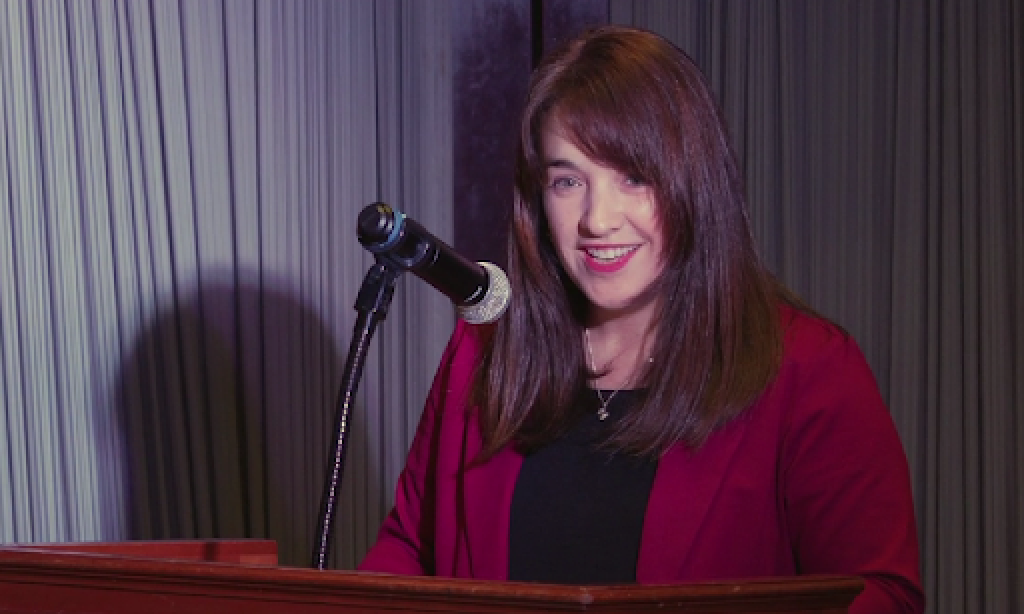
WASHINGTON, March 13, 2024 – The Federal Communications Commission has identified more than 7.2 million locations in the United States that lack access to fixed broadband service, utilizing new data collection methodologies to gather more granular service availability information.
So said Carmen Scurato, legal advisor for consumer and public safety issues to FCC Chairwoman Jessica Rosenworcel, delivering the keynote address at the Broadband Measurement Summit on Thursday.
She also said that the total number of broadband serviceable locations, or units that can and should receive access, is more than 150 million.
Watch all the videos from the Broadband Measurement Summit by becoming a Breakfast Club Member:
 Broadband BreakfastBroadband Breakfast
Broadband BreakfastBroadband Breakfast
This marks a significant departure from the commission’s decades-long approach of gathering broadband data at the census block level. Prior to implementing these new data standards, the FCC's national broadband map indicated 8.1 million census blocks lacking adequate broadband access, but was void of location-specific data.
What collecting data at the census block level “meant in practice is that if high-speed internet service reached a single location in a census block, the FCC counted the entire census block as served,” said Scurato. “This methodology overstated service nationwide.”
To address this concern, Congress passed the Broadband DATA Act of 2020. The legislation mandated the FCC to develop a new highly granular map of fixed and wireless broadband service availability nationwide.
The FCC was also instructed to update the map at least every six months and to allow challenges to its accuracy from consumers, governmental bodies, and other stakeholders.
Despite initial challenges, the FCC has made significant progress in refining the map, according to Scurato. The ongoing challenge process has led to hundreds of corrections to provider-reported data, resulting in a more accurate representation of broadband availability.
Recent versions of the map show an improvement, with the FCC estimating just over 7.2 million locations lacking access to high-speed internet service, down from 8.3 million in previous iterations.
These challenges have been in full swing since the first ‘pre-production draft’ map was published by the agency in 2022 and will continue on an ongoing basis.
“I can’t stress enough the importance of the challenge process to the FCC’s broadband data collection and the national broadband map,” said Scurato.
“We need to continue to work together to build this better map. This is an interactive process always ongoing, always improving.”
Scurato also highlighted other FCC initiatives aimed at enhancing broadband access and transparency, including the introduction of consumer broadband labels.
These labels aim to provide consumers with clear and comprehensive information on price, speed, data, and other aspects of high-speed internet service, empowering them to make informed decisions about their internet connectivity.
Scurato argued that these labels will help consumers navigate the complex landscape of broadband providers and make informed decisions about their internet service, both at the point of sale and after subscription.
“We want to empower consumers, and part of that effort is ensuring people have all the relevant information upfront,” she said. These efforts will provide a new level of transparency.
Although the FCC expresses optimism about its new initiatives, opinions among broadband mapping and data experts diverged during a recent Broadband Breakfast Live Online event regarding the potential impact of consumer broadband labels. While some participants questioned the labels' comprehensiveness, others voiced concerns about potential confusion they could introduce.
During a separate panel at the Broadband Measurement Summit, broadband data analysts and experts said the FCC could be doing more to make the broadband labels more palatable for consumers. They also called for more transparency in the methodologies used to determine broadband speeds presented on the labels, in order for the findings to be meaningful and reproducible.
Correction: A previous version of this article misidentified the number of locations that lack access to fixed broadband service. It is 7.2 million, not 150 million. The story has been corrected.
 Broadband BreakfastBroadband Breakfast
Broadband BreakfastBroadband Breakfast


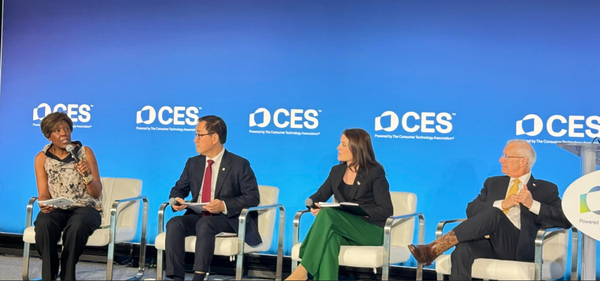

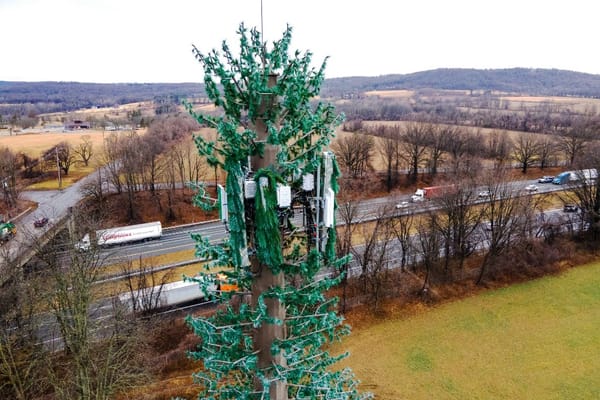

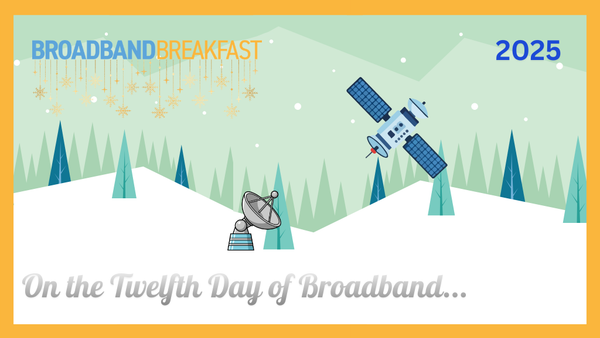

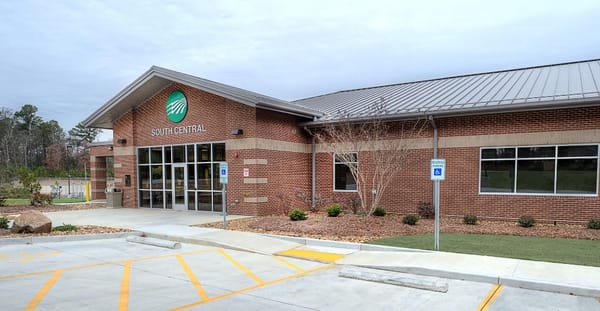
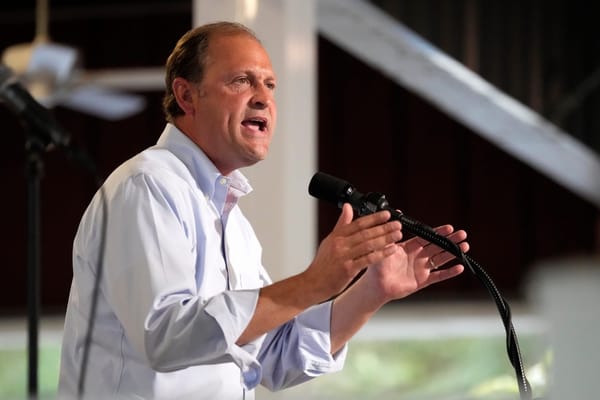

Member discussion